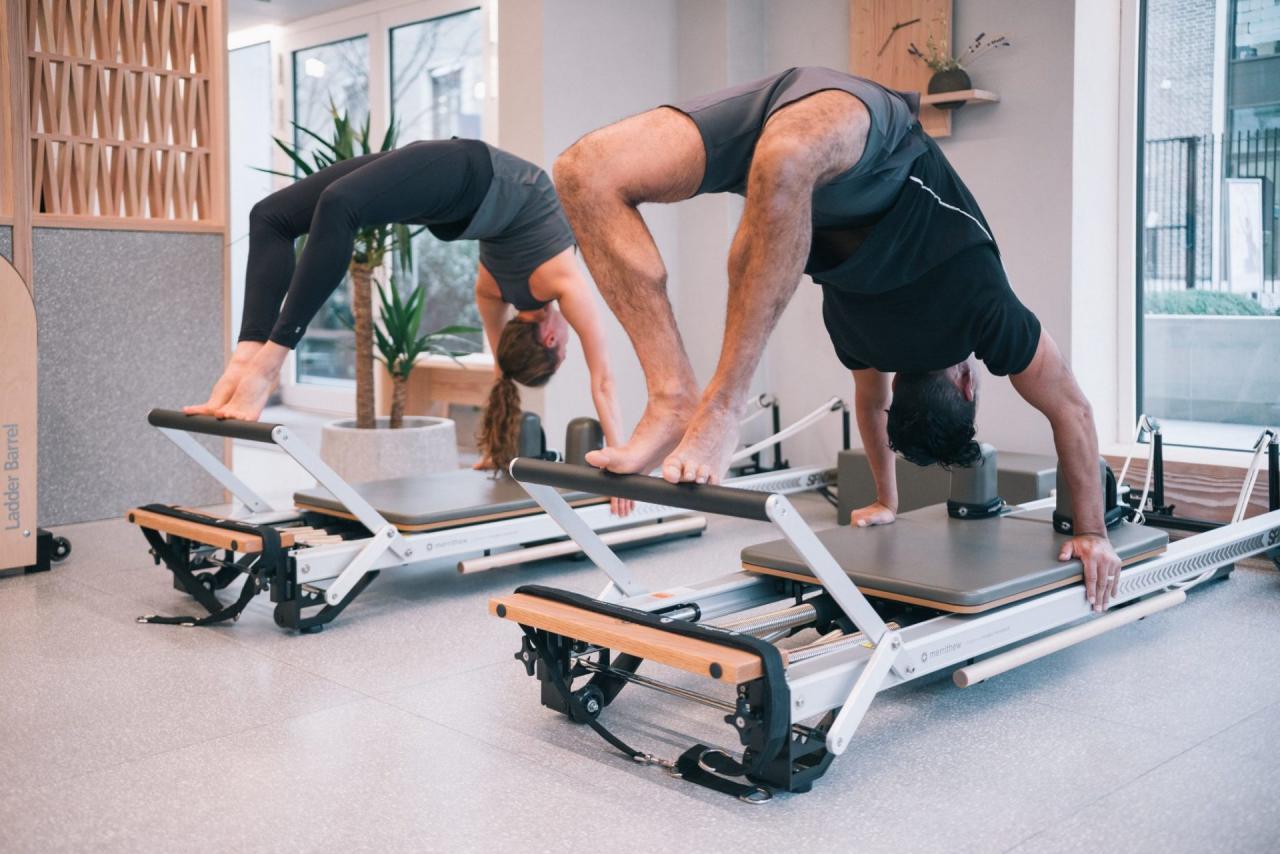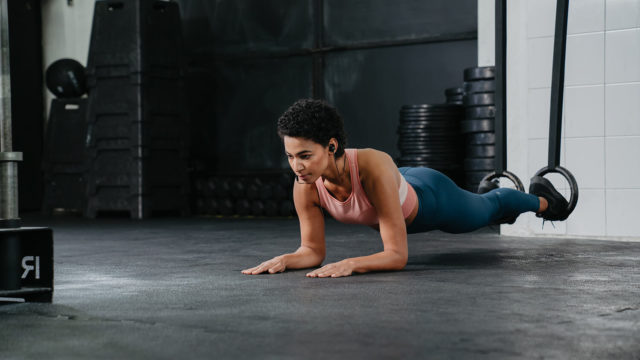Pain in the lumbar spine or shoulder girdle, a stiff neck, or tension that leads to headaches. Are you familiar with that? Then you feel like many others.
Back pain is the symptom, not the cause

Joanna Mountifield, founder of one of the first Pilates studios The Body in Balance in Berlin, knows the symptoms of back pain only too well.
Born on the south coast of England, Joanna spent much of her life pushing her body to its physical limits: she danced ballet for 14 years and has run several marathons.
In addition to her daily running training, there were over 25 weekly fitness courses (including HITT) that she gave in her own studio. At that time, Joanna rarely took a break and when, she says of herself, she never came to rest.
After experiencing on her own body what consequences it can have if you don’t take a break, Joanna helped to a completely different perspective on the subject of fitness. With her story, she hopes to help others find a way to slow down their lives before it’s too late. But what really helps? Your solution: Pilates.
What is Pilates?

“The invention of Pilates is considered a legend in the fitness world: In the first half of the 20th century, Joseph Pilates developed a method that he appropriately named ‘Contrology’. This includes a series of rehabilitative exercises that aim to create a total balance of mind and body. Pilates has been experiencing a real boom in this country for about five years, “says Joanna, describing the origins.
Pilates is a gentle, but extremely effective training method for the body and also the mind – a systematic full-body training. Individual muscles or muscle groups are specifically activated, relaxed or stretched. It is not the quantity but the quality of the Pilates exercises that counts, and breathing is coordinated with the respective movements.
Particular attention is paid to the core of the body. Training the deep muscles in the pelvis and waist improves mobility. This allows the pelvis and shoulder area to be rotated even more freely.
By activating this powerhouse, the waist and hips are strengthened. In this way, Pilates gets muscles and joints going again without straining them.
You can find out the differences between Pilates and Yoga here.
Pilates for back pain
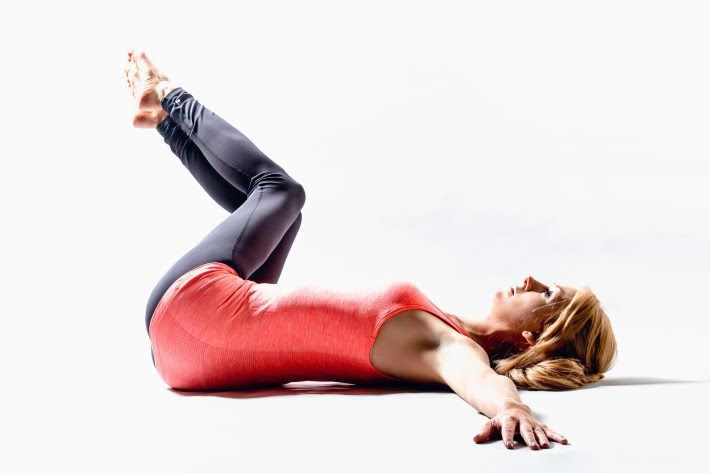
“Back pain can also be a matter of the head: Emotional stress or too much stress often contribute to the symptoms, cause, intensify or prolong them,” says Joanna.
I practiced yoga too intensely, jogged long distances and had a very high level of stress in my job,” says Joanna.
Pilates can prevent back problems and herniated discs and in some cases even treat them. For example, sports medicine specialists use Pilates specifically to treat patients with chronic back problems in the cervical or lumbar spine.
Many rehab clinics are already using Pilates. In any case, it is important to have well-trained trainers and individual advice so that the exercises have the desired effect.
Active against back pain with Pilates Reformer
One morning Joanna woke up with a terrible pain in her leg and back. In the hospital, she was immobilized in the sick bed for five days. “All in all, I got a handful of oral pills and should take it easy,” says Joanna, reminiscing about the time.
In the same week, Joanna was supposed to lead a Pilates course with Reformer, in which participants were registered nationwide. Despite the pain, she stayed on course. With the support of a colleague, she only showed “exercises in a neutral spine position”. At the end of the four-day course, she felt that she had never had back problems.
The exercises did her back so good that she was back on her feet within a few days. She still has damaged nerve endings and limps slightly when walking, but apart from that, she is able to continue teaching Pilates.
What is the Pilates Reformer?
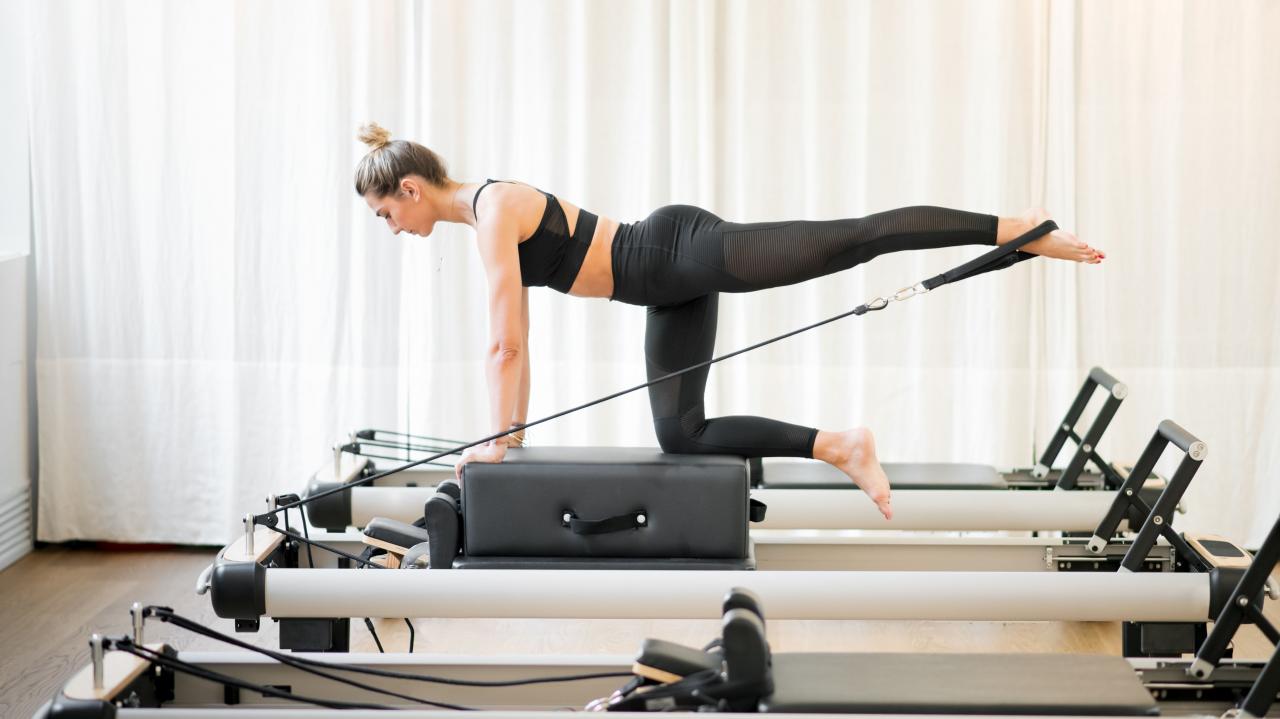
The Pilates Reformer is a traditional Pilates device that looks like a bed with springs, a sledge, ropes and pulleys. Admittedly, the whole thing looks a bit like something out of a medieval dungeon.
Differences between a Pilates lesson with a reformer and one without
The advantage that the reformer has over mat training is that he greatly expands the repertoire of available exercises. The exercises are not only aimed at strengthening and building muscles, but are also intended to expand the range of motion.
In contrast to mat work, which focuses strongly on the muscles of the middle of the body, the reformer works with the entire body: the peripheral muscles of the arms and legs are also challenged.
“I was very stressed, worked too much again and didn’t take any time for myself,” she recalls.
Because she had incredible pain in her leg and could hardly move her foot, she had to have an operation on the intervertebral discs a few days later.
After the operation, Joanna had to start again from scratch. With a mixture of Pilates reformer and physiotherapy, an attempt was made to restore the functionality of your feet.
What can the reformer do better than a normal Pilates class?
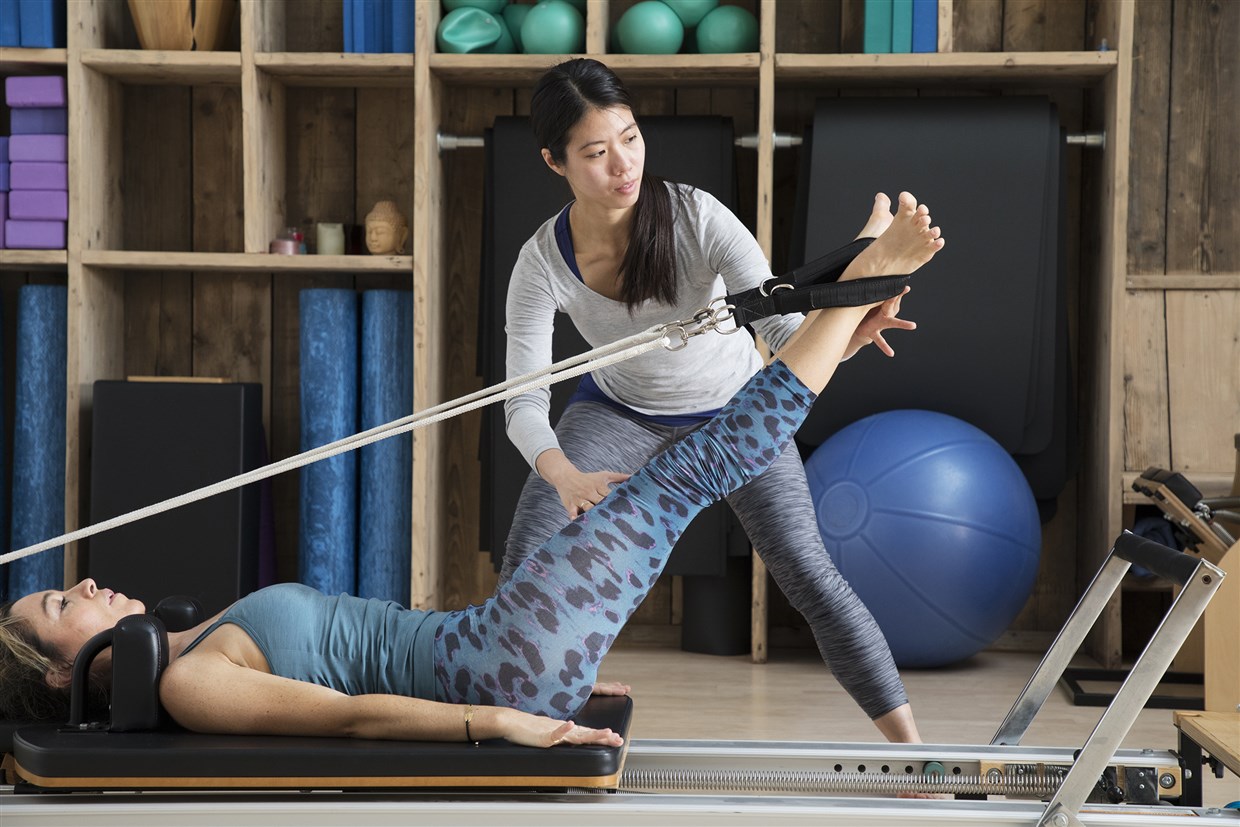
“Equipment-assisted Pilates offers more opportunities to work on the posture and strengthening of arms and legs. You not only strengthen your core, but also your back. Many exercises also help strengthen your hips and also your lower extremities, such as your feet. For example, if I don’t do my exercises with the reformer every day, then I immediately feel it in my right leg ”.
Many of Joanna’s customers do Pilates because they suffer from some form of back pain or have posture problems. In a clinical study by the “Ärztezeitung”, medical professionals found that the symptoms of chronic back pain are relieved if those affected do Pilates for an hour twice a week.
The body toning effect of the exercises is a positive side effect. Muscles and joints are spared by the slow movements so that pain is gently “trained away” after a few weeks. The posture improves, the muscles are loosened and tension is released.
In connection with the reformer, Pilates can, as in Joanna’s case, provide great relief and even have a healing effect.
So if you want to improve your posture and relieve tension yourself, check into one of our countless Pilates studios near you today!

